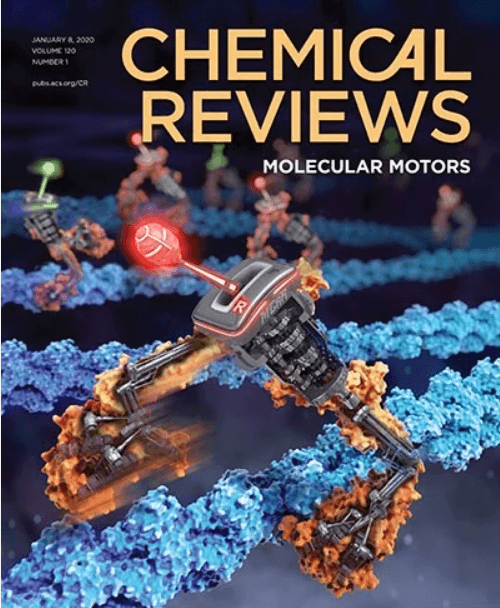A Review of Hydrogel Fiber: Design, Synthesis, Applications, and Futures
IF 55.8
1区 化学
Q1 CHEMISTRY, MULTIDISCIPLINARY
引用次数: 0
Abstract
Hydrogel fibers (HFs) are abundant in living organisms, including the three major tissues of the human body, that is, muscle, nerve, and connective tissue, which have the ability to transport materials and deliver energy, playing a crucial role in carrying out essential life functions through a collaborative bottom-up construction of function and structure. Therefore, the development of functional HFs that closely mimic biofunction ability is highly desirable. HFs are characterized by their high water content and have a fibrous shape with a cross-linking network in condensed structures. They combine the functional characteristics of hydrogel materials (soft, wet, environmentally, responsive, biocompatible) with the structural advantages of fiber materials (high aspect ratio, anisotropy, flexibility). Therefore, a systematic understanding of the development and current challenges of HFs is of great significance for their functionalization and structural construction, potentially leading to the realization of bionic functions similar to those found in the human body. This paper discussing the development of HFs, focusing on material composition, structural design, functional construction, and applications, while also addressing the limitations and challenges associated with HFs in detail. The goal of this review is to provide guidelines for the construction of functional or bionic HFs and their practical applications.

水凝胶纤维的设计、合成、应用与展望
水凝胶纤维(Hydrogel fibers, HFs)大量存在于生物体中,包括人体的三大组织肌肉、神经和结缔组织,它们具有运输物质和传递能量的能力,通过自下而上的协同构建功能和结构,在执行生命的基本功能中起着至关重要的作用。因此,开发与生物功能相近的功能性HFs是非常必要的。高频纤维的特点是其含水量高,在缩合结构中具有交联网络的纤维形状。它们结合了水凝胶材料的功能特性(柔软、湿润、环保、反应灵敏、生物相容性)和纤维材料的结构优势(高纵横比、各向异性、柔韧性)。因此,系统地了解高频纤维的发展和当前面临的挑战,对其功能化和结构构建具有重要意义,可能会导致实现类似于人体的仿生功能。本文从材料组成、结构设计、功能构建和应用等方面对高频材料的发展进行了讨论,并详细介绍了高频材料的局限性和面临的挑战。本文综述的目的是为功能性或仿生HFs的构建及其实际应用提供指导。
本文章由计算机程序翻译,如有差异,请以英文原文为准。
求助全文
约1分钟内获得全文
求助全文
来源期刊

Chemical Reviews
化学-化学综合
CiteScore
106.00
自引率
1.10%
发文量
278
审稿时长
4.3 months
期刊介绍:
Chemical Reviews is a highly regarded and highest-ranked journal covering the general topic of chemistry. Its mission is to provide comprehensive, authoritative, critical, and readable reviews of important recent research in organic, inorganic, physical, analytical, theoretical, and biological chemistry.
Since 1985, Chemical Reviews has also published periodic thematic issues that focus on a single theme or direction of emerging research.
 求助内容:
求助内容: 应助结果提醒方式:
应助结果提醒方式:


